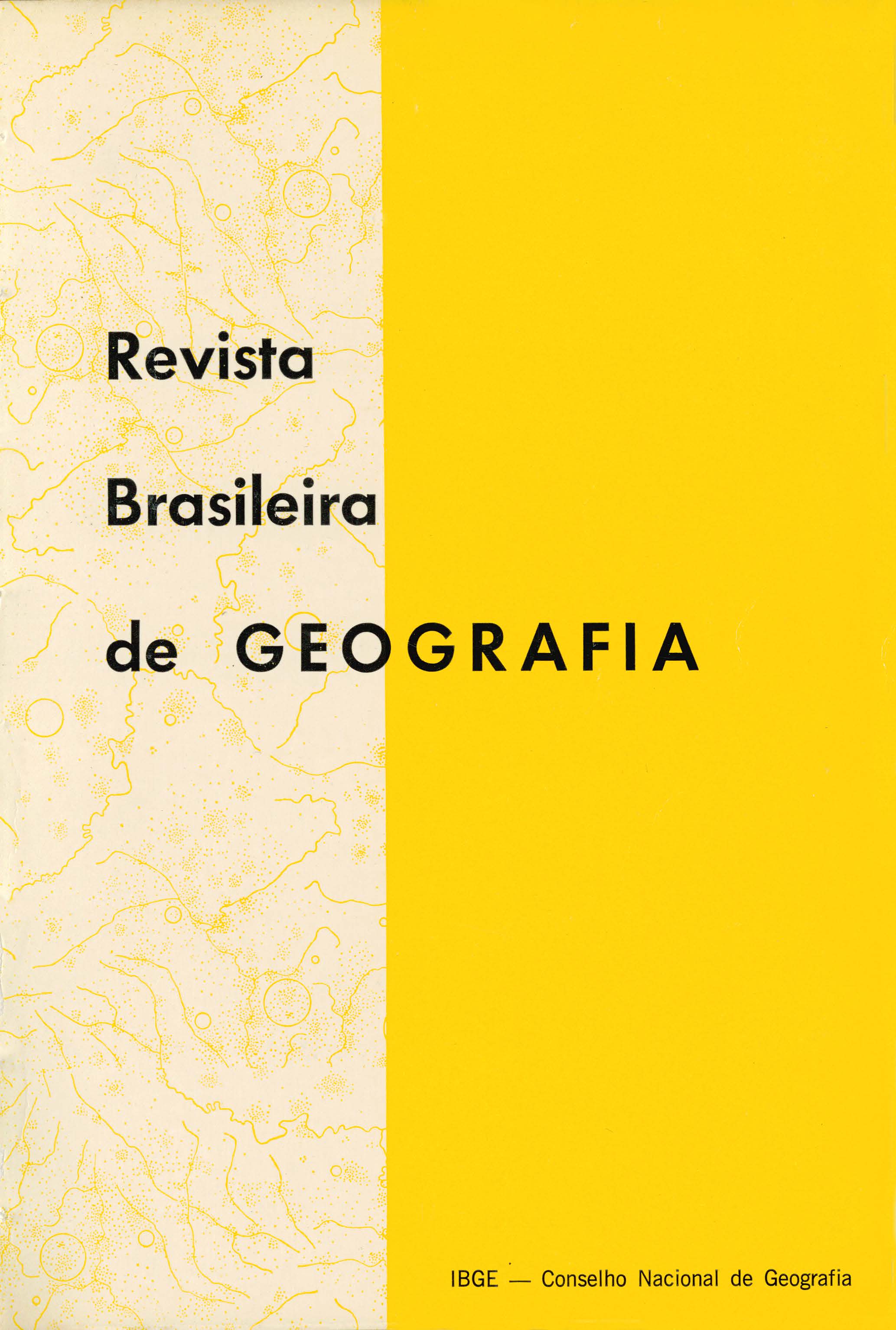Crescimento periférico da Cidade do Rio de Janeiro : padrões espaciais da ocupação residencial
Palavras-chave:
Rio de Janeiro, Urbanização, Geografia urbana, Geografia da população, Crescimento urbanoResumo
Abstract:
The urban growth of the towns, more often than not disordered, chiefly in developing countries, has been the ground of accurate studies on the part of urbanism, economist and geographers.
The present study is an analysis of the transformations that occur as a result of the amplification of the urban area of the metropolis of Rio de Janeiro, with special emphasis in that one that take place in its periphery.
The quick increase of urban population, mainly in the last two decades, has been followed by intense demand of areas to satisfy that expansion, greatly helped by the widespread use of the car as means that makes easy the daily dislocation to the job.
Starting from the theoretic principle that the towns have an internal spatial organization that reveal certain regularities in their economic and social structure and as for the land use patterns, recognizing yet that those patterns demonstrate those regularities, a study on spatial patterns of residential occupation is justified by its meaning to the entire understanding of the spatial organization of the towns.
To identify spatial patterns so that they may be related to the process that gave origin to lt, restricting to the spatial pattern of residential occupation, since the residence constitutes the prevalent form of land use, is the mam purpose of this work.
Under this view, all the phenomena that occur In the process of urban expansion are particularly analyzed, detaining more deeply in those referring to the town periphery.
So, the diversification in the land use in that periphery, where occur significant changes as for the transference of the rural to urban land use, with its socioeconomic lmplicatlons, assumes a character of great dimension In terms of space disponibility and of dislocation patters, becoming evident the necessity giving special attention to the problem.
More specifically, the study seeks to identify the present spatial patterns of residential occupation in the western peripherical sector of Rio de Janeiro city.
The methodology applied in the research of the occupation is founded In two parts: one related to the nature of tile utilized data; and the other to the procedure of the research itself, utilizing mathematical models to quantify and evaluate more accurately the phenomenon.






